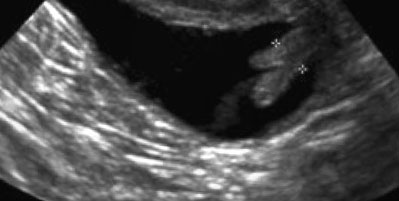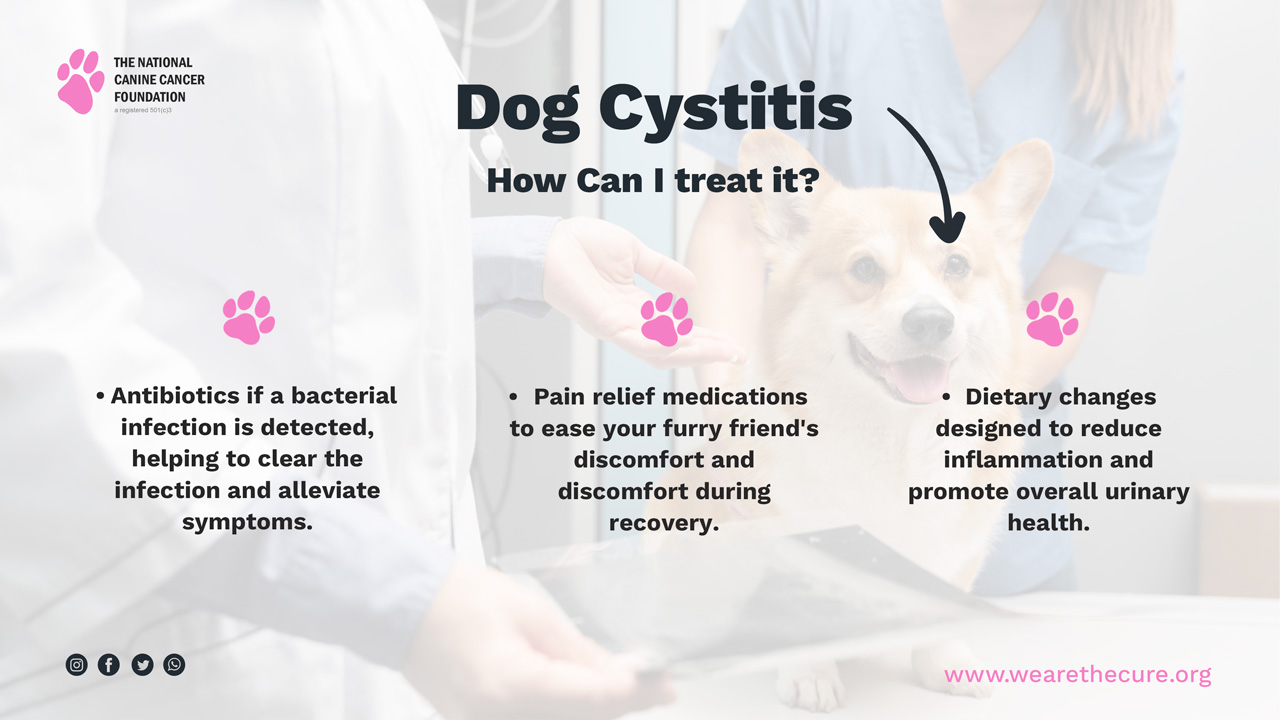Introduction:
Cystitis in dogs refers to the inflammation of the urinary bladder, a condition that can cause discomfort and urinary issues. In this comprehensive article, we will delve into the causes, symptoms, diagnosis, treatment options, and prevention strategies for cystitis in dogs. By gaining a deeper understanding of this condition and its management, dog owners and veterinarians can work together to provide effective care and improve the overall well-being of dogs affected by cystitis.
Cystitis in Dogs: An Overview:
Cystitis is a common condition in dogs and can be caused by various factors, including bacterial infection, urinary stones, anatomical abnormalities, or underlying medical conditions. It is characterized by inflammation of the bladder lining, leading to symptoms such as frequent urination, straining to urinate, and blood in the urine.

Recognizing the Symptoms of Cystitis:
Identifying the symptoms of cystitis in dogs is crucial for early detection and intervention. Common signs include:
- Frequent Urination:
Dogs with cystitis may need to urinate more frequently than usual. They may also have accidents indoors or ask to go outside more frequently.
- Straining to Urinate:
Affected dogs may exhibit signs of discomfort or straining while attempting to urinate. They may assume unusual postures or spend an extended time in the urination position.
- Blood in the Urine:
Cystitis can cause blood to appear in the urine, giving it a pink or reddish color. This is known as hematuria and should be promptly addressed by a veterinarian.
- Urinary Accidents:
Some dogs with cystitis may have urinary accidents in the house, even if they are usually well-trained. This can be a result of the urgency and discomfort associated with the condition.
Recommended:
- Petco Review: The Power of Together
- PetSmart Review: Where Pets Inspire Us
- Hill’s Pet Nutrition Review: Pioneering Pet Health and Nutrition
- Royal Canine Review: Tailored Nutrition for Every Pet
- Chewy Review: Pet Care at Your Doorstep
Diagnosing Cystitis in Dogs:
Accurate diagnosis of cystitis in dogs involves a thorough examination and diagnostic tests. These may include:
- Physical Examination:
The veterinarian will conduct a physical examination, palpating the abdomen and checking for any signs of discomfort or abnormalities.
- Urinalysis:
A urinalysis is an essential diagnostic tool for assessing the urine’s composition, checking for the presence of blood, crystals, bacteria, or other abnormalities.
- Urine Culture and Sensitivity:
In cases where bacterial infection is suspected, a urine culture may be performed to identify the specific bacteria involved and determine the most effective antibiotic treatment.
- Imaging Techniques:
In some instances, imaging techniques such as X-rays or ultrasound may be used to evaluate the bladder and rule out the presence of urinary stones or other structural abnormalities.
Treatment Options for Cystitis in Dogs:
The treatment of cystitis in dogs aims to address the underlying cause, alleviate symptoms, and promote healing. Treatment options may include:
- Antibiotics:
If a bacterial infection is present, the veterinarian may prescribe antibiotics to eliminate the infection and reduce inflammation in the bladder.
- Pain Management:
Pain relief medications may be prescribed to alleviate discomfort and improve the dog’s well-being during the healing process.
- Anti-Inflammatory Medications:
Non-steroidal anti-inflammatory drugs (NSAIDs) or other anti-inflammatory medications may be used to reduce inflammation in the bladder and alleviate associated symptoms.
- Urinary Acidifiers or Alkalinizers:
Depending on the urine pH and the presence of urinary stones, the veterinarian may recommend specific dietary modifications or supplements to adjust the urine’s acidity or alkalinity.
Preventing Cystitis in Dogs:
Prevention plays a crucial role in managing and reducing the risk of cystitis in dogs. Here are some preventive strategies:
- Adequate Hydration:
Ensure that your dog has access to fresh water at all times to promote proper hydration and encourage regular urination.
- Regular Bathroom Breaks:
Take your dog out for regular bathroom breaks to prevent urine from sitting in the bladder for extended periods, which can increase the risk of bacterial growth.
- Proper Hygiene:
Maintain good hygiene by regularly cleaning your dog’s genital area to reduce the risk of bacterial contamination.
- Balanced Diet:
Provide a balanced and appropriate diet to support urinary health. Consult with your veterinarian to determine the best diet for your dog’s specific needs.
Conclusion:
Cystitis in dogs can cause significant discomfort and urinary issues. By recognizing the causes, symptoms, and treatment options discussed in this article, dog owners and veterinarians can work together to provide timely intervention and improve the well-being of dogs affected by cystitis. Prevention strategies, regular veterinary check-ups, and prompt treatment of underlying conditions are key to reducing the risk of cystitis and maintaining optimal urinary health in dogs.
References:
- Bartges, J. W. (2018). Canine lower urinary tract disorders. Veterinary Clinics: Small Animal Practice, 48(3), 471-485.
- Osborne, C. A., & Lulich, J. P. (2019). Canine cystitis. In Ettinger SJ, Feldman EC, Cote E, editors: Textbook of Veterinary Internal Medicine (8th ed., pp. 2320-2326). Elsevier.
- Westropp, J. L., & Bannasch, M. J. (2016). Lower urinary tract infections. In Bonagura JD, Twedt DC, editors: Kirk’s Current Veterinary Therapy XV (15th ed., pp. 954-958). Elsevier.

